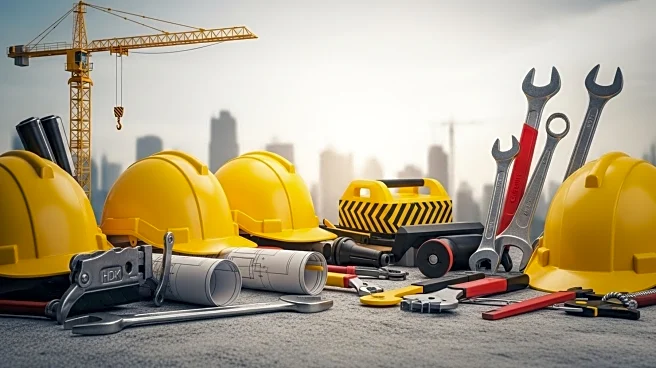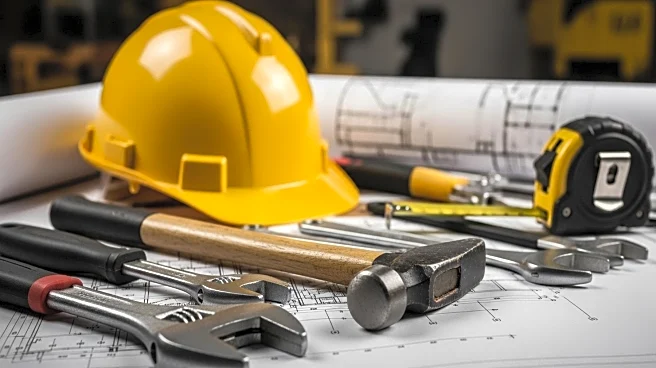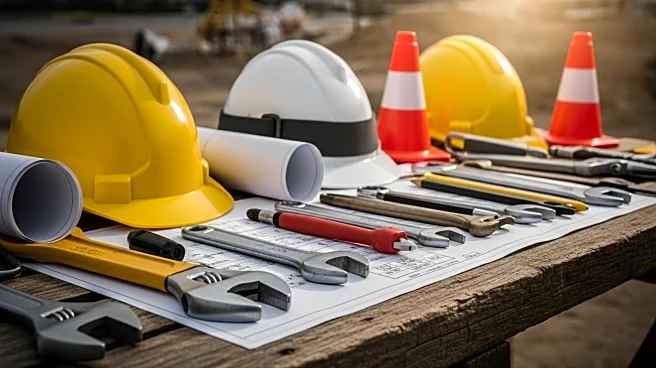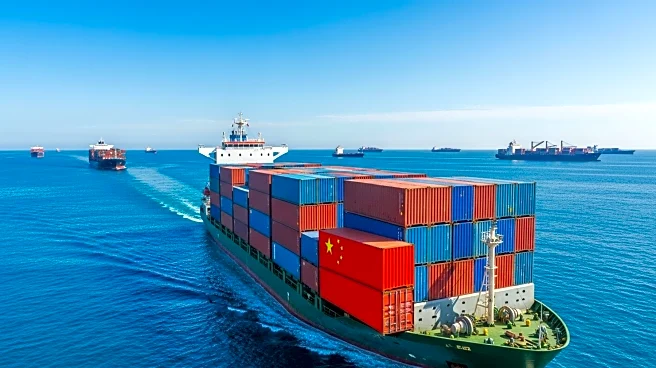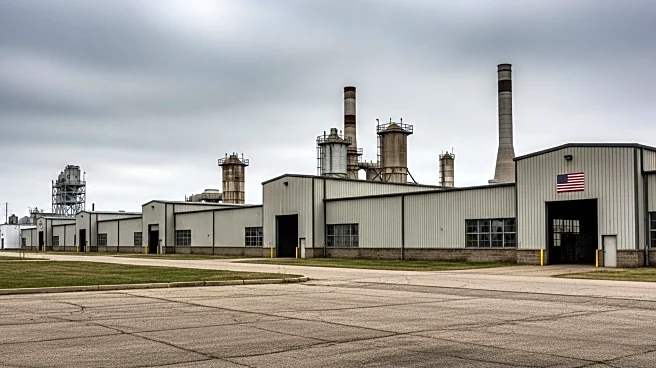What's Happening?
The construction industry is grappling with the impact of tariffs on materials such as steel, aluminum, and copper, which have increased project costs and slowed spending. The tariffs, introduced as part of President Trump's policies, are seen as a double-edged sword, potentially boosting domestic manufacturing while raising costs for construction projects. Industry experts are debating whether tariffs can provide long-term benefits by encouraging domestic production or if they simply add to the financial burden on contractors.
Why It's Important?
The tariffs on construction materials have significant implications for the industry, affecting project budgets, timelines, and overall economic activity. While some argue that tariffs could lead to a resurgence in domestic manufacturing, others caution that the increased costs may deter investment and stall projects. The outcome of this debate will influence future trade policies and the construction industry's ability to adapt to changing economic conditions.
What's Next?
The construction industry will need to navigate the challenges posed by tariffs by exploring alternative sourcing strategies and advocating for policy changes. Stakeholders, including contractors, policymakers, and industry associations, will play a crucial role in shaping the future of trade and economic policy. The resolution of these issues could determine the industry's resilience and competitiveness in the global market.
Beyond the Headlines
The tariff debate highlights broader economic and policy considerations, including the balance between protecting domestic industries and maintaining competitive market conditions. It also underscores the need for a coordinated approach to trade policy that considers the long-term implications for various sectors and the overall economy.
